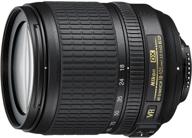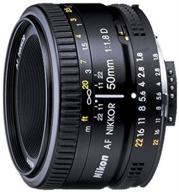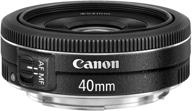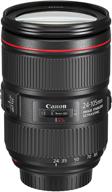
Review on Sony FE 85Mm 1 4 Lens by Adam Kotula ᠌

I am one hundred percent satisfied with the purchase, I recommend this product to everyone.
I'd want to spend a little bit of time discussing my go-to camera lens, which is the Sony G Master 85 1.4. It is often regarded as the most effective original Sony lens for portraiture; in this article, I will explain why this is the case and also discuss some of the lens' drawbacks. In this analysis, there will be no comparisons made with other available options; Because it is not made from local glass, it is no longer a rival. This is already my second lens, since the first one was successfully smashed by the gopniks. Yes, gopniks do exist, and I want to give appreciation to Amazon for understanding my predicament there and refund the money to me for the broken one. It's awesome. It has been my primary optic for well over a year and a half at this point, and as a result, I consider it to be the best glass available. The Sony Carl Zeiss 24-70 f4 and the Sony Carl Zeiss 35 2.8 are also in my arsenal. Incredible craftsmanship went into making this lens; the buttons, focus ring, and switches all have a satisfying feel to them. The transition from autofocus to manual focus is one that is quite significant for me personally. There is also just a button that I tied the focus on the eye to, and it's unbelievably easy; when you hold the button, the camera focuses on the eye. There is also just a button that I tied the focus on the eye to. You have the option of either the click mode or the smooth mode for the aperture ring. Regrettably, it does not possess any form of stability. The bokeh produced by this tiny object has a seductively blurry quality about it. It is not the same as it was on Zays, when, against the background, it appeared to have been painted with gouache. Instead, it is more similar to Blur Gaus, which is not to say that it is awful. The center of a bokeh circle is perfectly round, but as it approaches the edges, it begins to take on a more oval shape; nonetheless, I do not believe this to be a problem. At this setting (1.4), the picture is extremely sharp, and the only way you could possibly find fault with the sharpness is if you blurred the picture yourself. Due to the prohibitive minimum distance between the camera and the subject, they are unable to take macro shots. The lens does create a small bit of noise when it is being focused on, but its overall focusing speed is roughly average to good, which is not a negative thing. In spite of this, face tracking works quite well with him, and shooting with Ronin is a breeze for me. Let's pretend autofocus is set between 7.2 and 10, shall we?
- Among the most impressive portraits. - Sharp picture - Minimum HA - Controls as well as user-defined buttons - The quality of the assembly and the aperture ring, both with and without a click
- - Not the quickest autofocus, and there is no stabilization
New products
Comments (0)
Top products in 👓 Lenses

New Nikon 18-105mm Vibration Reduction 📷 Zoom Lens with Auto Focus for Nikon DSLRs

104 Review

Nikon 50mm f/1.8D Lens: Perfect for Nikon DSLR Cameras!

97 Review

Canon EF 40mm f/2.8 STM Lens - Fixed Black (6310B002) for US Cameras

76 Review

Black Canon EF 24-105mm f/4L IS II USM Lens - Model 1380C002

78 Review






